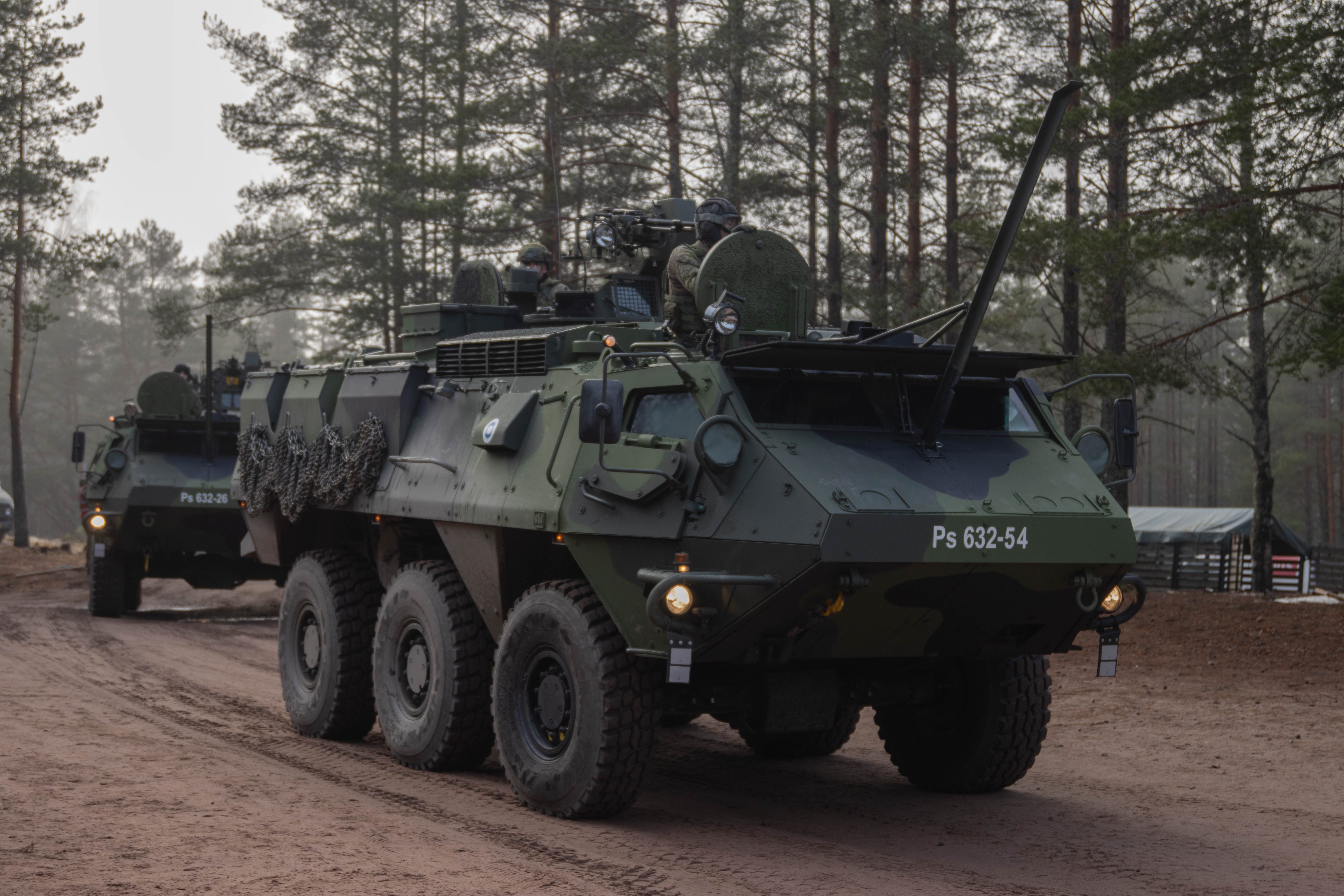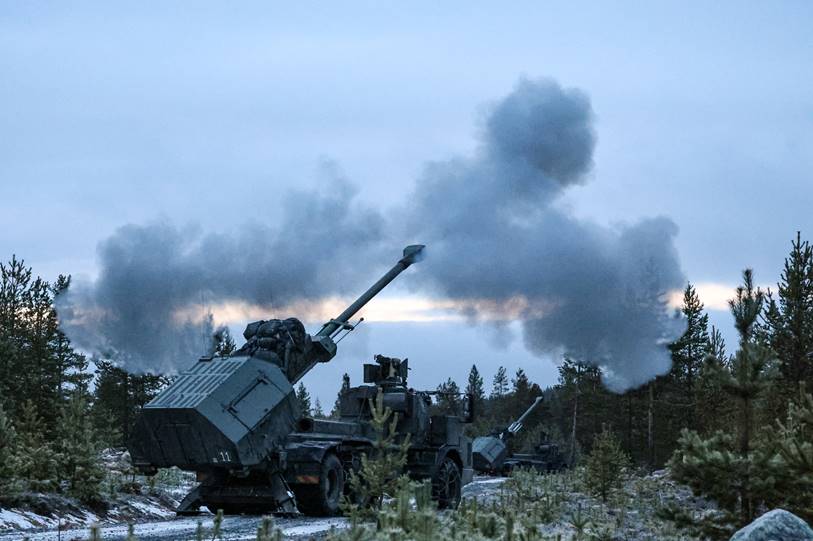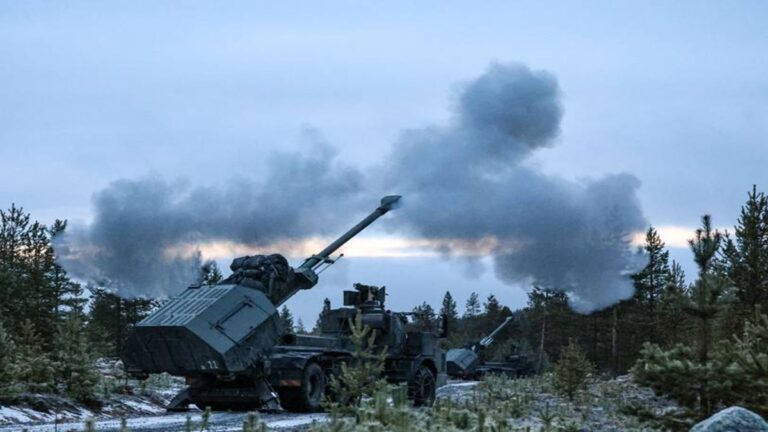Following Russia’s full-scale invasion of Ukraine, Helsinki is reportedly concerned that Russia will target NATO’s eastern flank, particularly Finland and its neighbors.
Finnish newspaper Iltaleti cites a purported government defense report in which unnamed NATO officials warn of Russian intentions that could launch attacks on Finland, the Baltic states, and other neighboring countries. I made it clear that I was doing it. However, no specific schedule for such action has been given.
of report He cited past military exercises such as Russia’s Zapad exercise in 2017, which simulated attacks on Norway, Finland and the Baltic states. Irtalefty suggested that Russia has not given up on its plans to invade Ukraine and may pursue them once the conflict in Ukraine ends.
The newspaper also cited talks from NATO sources suggesting that Russia may be planning coordinated attacks on various areas on the alliance’s eastern flank. This could include the Russian XIV Corps marching from Murmansk to the Norwegian coast by sea, land and air.
Additionally, Russia could send troops to Lapland (Finland’s northernmost region) to seize Ivalo airport, and missile forces stationed on the Kola Peninsula could target Finland.

The Finnish report also detailed a possible Russian strategy to establish a buffer zone in northern Lapland and Finnmark, Norway.
Additionally, it was suggested that Russian missile forces may target the coastline of southern and southeastern Finland. At the same time, Moscow’s Sixth Army could attack and attempt to break through the capitals of Estonia and Latvia.
Russia may seek to use Belarus as a route to establish a land link between the Russian enclave of Kaliningrad and Belarus, as it could potentially seize the Suwalki Corridor, an area important to NATO’s defense strategy. , Lithuania could also be at risk.
The report also noted that Russia’s military presence in Kaliningrad and its Baltic Fleet could target the Swedish island of Gotland with the aim of disrupting NATO operations in the Baltic states.
According to a Finnish government report, Russia’s security strategy is driven by the desire to create a “buffer zone” that spans from the Arctic to the Mediterranean and includes the Baltic and Black Seas.
Former Swedish military commander Michael Biden said Russia’s long-term goal may be to control the Baltic Sea. In response to this report, the Finnish Defense Forces (FDF) said Rehearsals are a normal part of military operations.
“There is no imminent military threat to Finland,” the FDF said in a statement, adding that it does not comment on media speculation about other countries’ military activities and will continue to closely monitor developments.
Is NATO facing growing concerns?
Russian President Vladimir Putin has long articulated his vision of reclaiming historic territory, using the 17th-century Russian Empire as a model for his aspirations.
As the war in Ukraine continues, Western experts and officials warn that Russia’s ambitions extend beyond Ukraine. Putin is seen as likely to exploit security vulnerabilities across Europe, with his eyes set on regions as far south as Georgia, which borders Turkey.
This has raised concerns about the possibility of a future Russian attack on a NATO member state, in which case a collective military response under NATO Article 5 could be triggered. Under this article, an attack on one member state is considered an attack on all member states, and all member states are obligated to respond.
German Defense Minister Boris Pistorius said in June that Putin “could even attack a NATO member state,” stressing the need for Europe to prepare for a potential conflict by 2029.
With this in mind, the Baltic states and Finland, which share direct borders with Russia, are particularly vulnerable to Russian ambitions. These countries have been among the top contributors to NATO’s defense spending as a percentage of GDP in recent months and have stepped up security measures.

Additionally, NATO is increasing its military preparedness. In March, NATO led Exercise Nordic Response 2024, which moved 20,000 troops to northern Norway and Finnish Lapland under the command of US Lt. Gen. Douglas Perry.
In another worrying development, Finland recently seized an oil tanker suspected of belonging to Russia’s “shadow fleet.” The ship was involved in damage to an undersea cable off the coast of Finland on Christmas Day.
NATO’s Assistant Secretary-General for Hybrid Cyber Threats told Sky News there was no “realistic prospect” that any of these hybrid attacks could cause significant casualties and large-scale economic damage. He warned that these attacks could escalate significantly.


